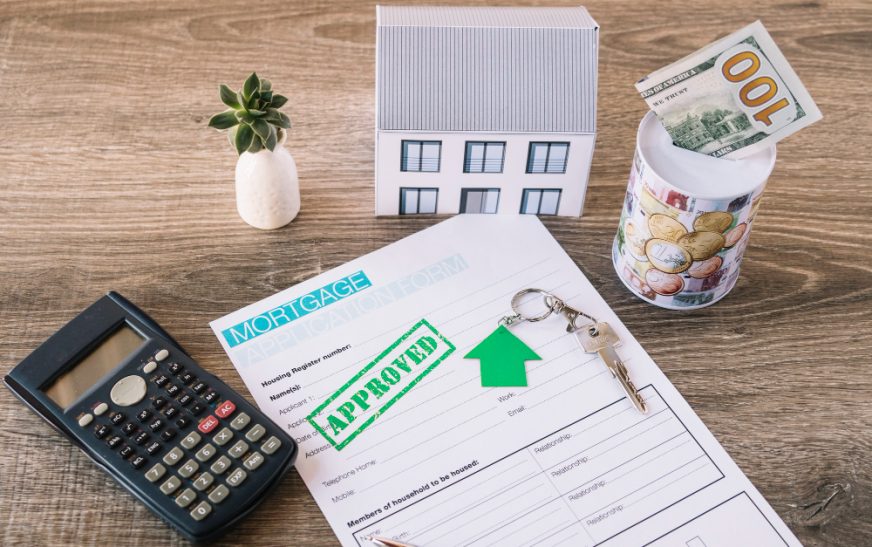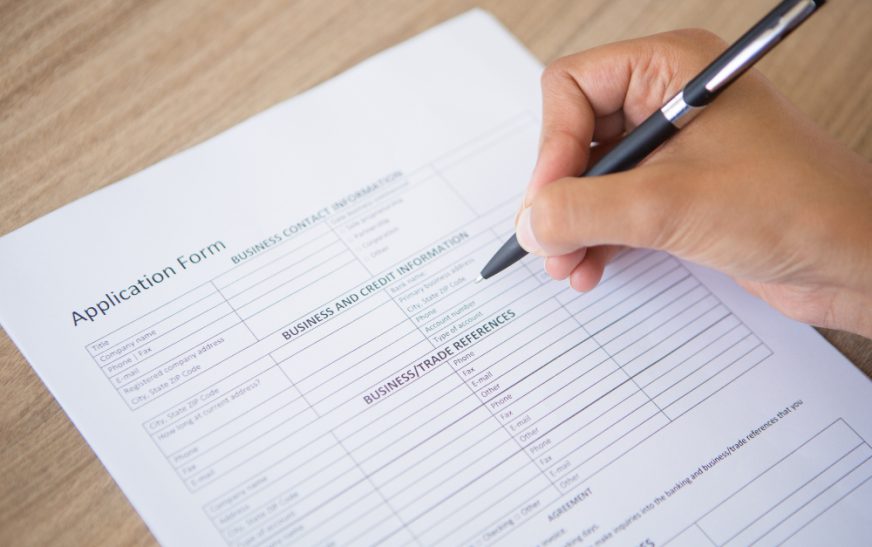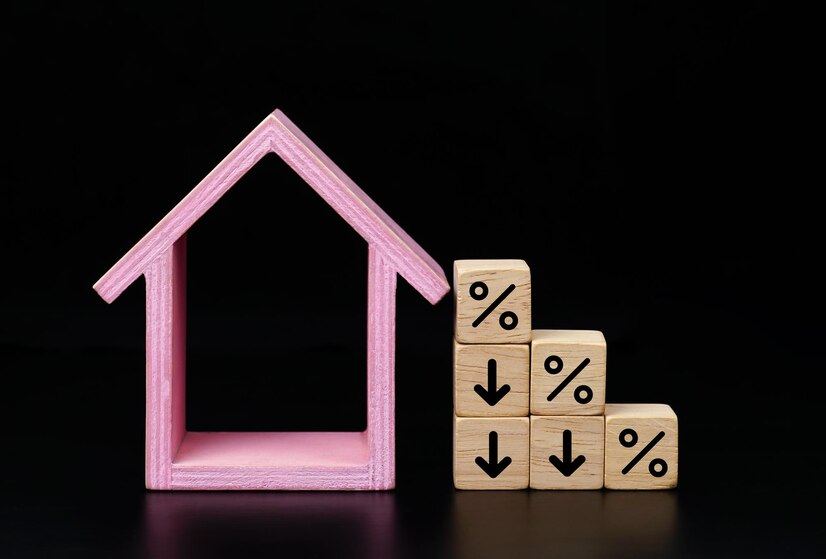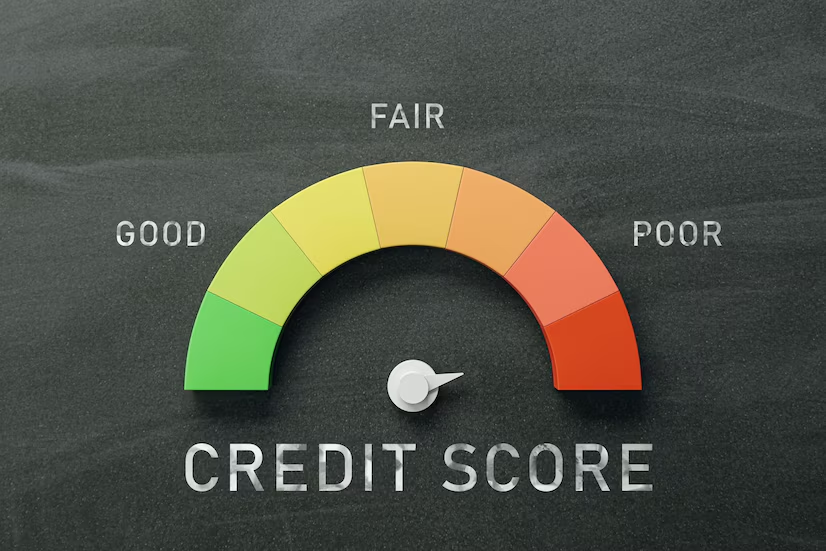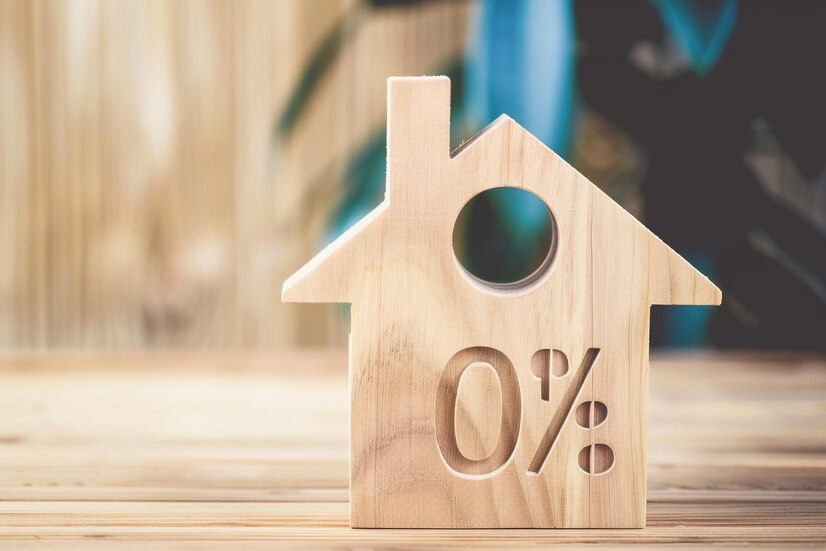The dream of homeownership – a place to call your own, a space to build memories, and a foundation for your future. But for most of us, this dream requires a significant financial leap – a mortgage loan.
Fear not, aspiring homeowners! This comprehensive guide unravels the complexities of mortgage loans, transforming them from a mystery into a clear roadmap for achieving your homeownership goals.
What is a Mortgage Loan?
A mortgage loan is a secured loan you borrow from a bank or lending institution to finance the purchase of a property, typically a house or land. You agree to repay the loan principal (the original amount borrowed) plus interest over a predetermined period, usually 15 to 30 years. The property itself serves as collateral – if you fail to repay the loan as agreed, the lender has the right to repossess and sell the property to recover their dues.
Key Players in the Mortgage Game:
- Borrower: You, the individual seeking the loan to purchase a property.
- Lender: The bank or financial institution providing the mortgage loan.
- Mortgage Broker: An intermediary who shops around for the best mortgage rates and terms on your behalf from different lenders.
- Appraiser: A licensed professional who assesses the value of the property you intend to purchase.
- Escrow Officer: A neutral third party who holds onto funds and documents related to the real estate transaction until the closing.
Types of Mortgage Loans: Choosing the Right Fit
Not all mortgages are created equal. Understanding the different types and their features is crucial for selecting the loan that aligns with your financial situation and homeownership goals:
- Fixed-Rate Mortgage: Offers a fixed interest rate throughout the loan term. This provides stability and predictability in your monthly payments, regardless of fluctuations in market rates.
- Adjustable-Rate Mortgage (ARM): The interest rate on an ARM can adjust periodically (often annually or every few years) based on a financial index. This can offer lower initial rates but exposes you to potential interest rate hikes in the future.
- Conventional Loan: A traditional mortgage loan offered by banks and conforming to the guidelines set by Fannie Mae or Freddie Mac, government-sponsored enterprises in the housing market.
- FHA Loan: A government-insured loan offered by the Federal Housing Administration with more relaxed credit score requirements and lower down payment options.
- VA Loan: A government-backed loan program for veterans and eligible service members offering favorable terms like no down payment and competitive interest rates.
- USDA Loan: A loan program offered by the United States Department of Agriculture to promote homeownership in rural areas, often with relaxed eligibility criteria.
The Mortgage Loan Process: Step-by-Step
The mortgage loan process can seem daunting, but by understanding the key steps, you can navigate it with confidence:
- Pre-Approval: Obtain a pre-approval letter from a lender estimating the maximum loan amount you qualify for. This strengthens your position as a buyer and helps you focus your house hunt within a realistic budget.
- House Hunting: Find your dream home! Consider factors like location, property type, and condition while staying mindful of your pre-approved loan amount.
- Make an Offer: Negotiate a purchase agreement with the seller, outlining the agreed-upon price, closing date, and other terms.
- Loan Application: Formally apply for a mortgage loan with your chosen lender, submitting required documentation like income verification, tax returns, and property details.
- Underwriting: The lender assesses your financial health, creditworthiness, and the property’s value to determine your eligibility and loan terms.
- Appraisal: A licensed appraiser will assess the property’s market value to ensure the loan amount aligns with the property’s worth.
- Home Inspection: Arrange for a professional home inspection to identify any potential issues with the property’s condition.
- Closing: The final stage, where you officially sign loan documents, pay closing costs, and receive the keys to your new home!
Essential Costs Associated with Mortgages
Beyond the monthly mortgage payment, there are additional costs to factor in:
- Down Payment: A percentage of the property’s purchase price you pay upfront. Typically, a higher down payment translates to a lower loan amount and potentially a more favorable interest rate.
- Closing Costs: A variety of fees associated with processing the loan, including origination fees, appraisal fees, title insurance, and escrow fees.
- Private Mortgage Insurance (PMI): PMI is typically added to your monthly mortgage payment and is canceled once your loan-to-value (LTV) ratio reaches 80% (meaning you’ve paid down 20% of the loan principal).
Tips for Securing a Favorable Mortgage Loan:
- Boost Your Credit Score: A higher credit score translates to better interest rates and loan terms. Aim for a score above 740 for the most favorable options.
- Save for a Down Payment: A larger down payment reduces your loan amount, lowers your monthly payments, and potentially eliminates the need for PMI.
- Shop Around for Rates: Compare rates from different lenders to secure the most competitive offer. Don’t just settle for the first option presented to you.
- Consider a Mortgage Broker: A broker can help you compare loan options from multiple lenders and negotiate for better rates and terms.
- Be Transparent with Your Finances: Providing accurate and complete financial information during the application process streamlines the process and avoids delays.
Beyond the Basics: Additional Considerations
- Fixed-Rate vs. Adjustable-Rate Mortgages: Carefully evaluate your risk tolerance and long-term financial goals when choosing between a fixed-rate and adjustable-rate mortgage.
- Government Loan Programs: Explore FHA, VA, and USDA loan options if you meet the eligibility criteria. They can offer more relaxed down payment requirements and favorable terms.
- Closing Costs: Negotiate closing costs with lenders and service providers whenever possible.
Owning Your Dream Home: The Journey Begins
Securing a mortgage loan is a significant step toward achieving your dream of homeownership. By understanding the different loan types, the application process, and the associated costs, you can navigate the journey with greater confidence. Remember, responsible financial planning, a strong credit score, and a realistic budget are key ingredients for a successful mortgage application.
Embrace financial literacy and embark on the path to homeownership!
